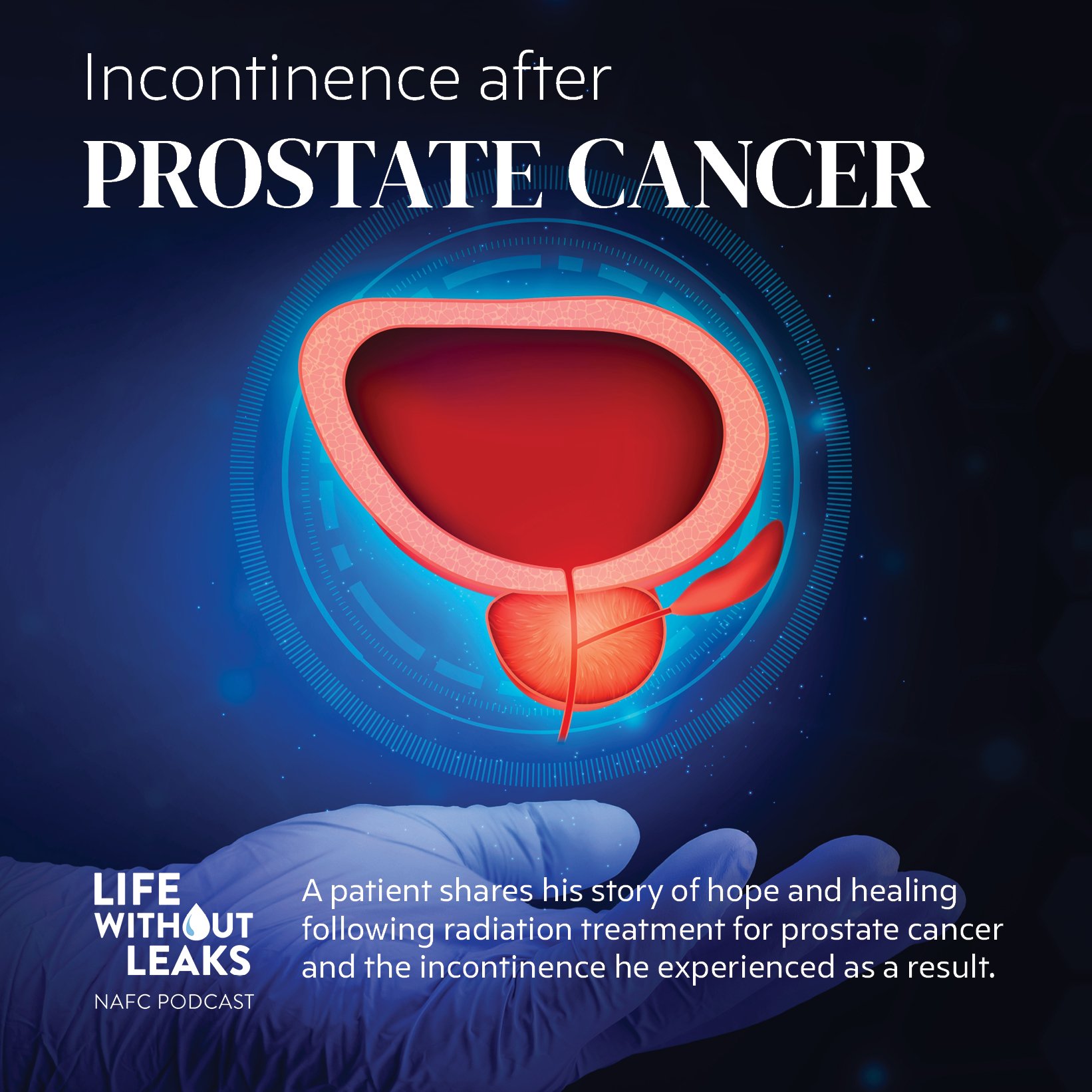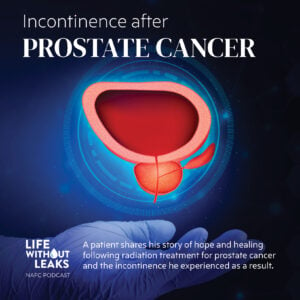A Guest Blog by Lizanne Pastore PT, MA, COMT
Eighty percent of the bodily changes occurring during pregnancy happen in the first trimester! Isn’t that astounding? A woman’s body must adjust quickly to a 40% increase in fluid volume, increased heart and respiratory rates and myriad other changes that may affect us in different ways. The fluid volume increase, for example, can make our connective tissues weaker—our tendons can get a little mushy and our nerves and blood vessels a bit softer. This extra fluid and tissue weakening makes us more prone to things like leg swelling, varicosities, tendonitis, carpal tunnel syndrome, or sciatica. Do you want to know more about physical therapy during and after pregnancy? stay here:
Hormone Changes
The hormonal changes in pregnancy play a big role in our metabolism, mood, memory, and, of course, ligamentous laxity. Some pregnant women experience instability not only in the pelvis and hips, but also in the joints of the spine, elbows, and wrists. Our musculoskeletal system is taxed by these changes even before the baby gets very big. Then, as baby grows, we might begin seeing rectus abdominis separation (“diastasis recti,”) spinal problems from posture and center of gravity changes, even rib dysfunction as the ribs are forced out and up to make room for belly. Foot pain from falling arches from the sudden weight gain can occur, and on and on.
Pelvic Girdle Pain
In the pelvic girdle, there is a list of other maladies that can be downright scary to a pregnant or postpartum mama. And most women are not warned about these potential problems. Pelvic girdle pain manifesting as coccyx, pubic or sacroiliac joint pain; groin or hip pain; pelvic muscle or nerve pain; plus urinary or fecal incontinence or pelvic organ prolapse are some of the more common things occurring during or after pregnancy.
After birth, as Mom is busy caring for her newborn and any other children at home—schlepping heavy car seats, strollers, laundry baskets, breastfeeding through the day and night, lifting ever-heavier babies into and out of cribs—she wonders why everything hurts, or why she feels a clicking in her pelvic bones when she lifts her leg! Well, she is busy performing exceedingly challenging tasks with a sub-optimal musculo-skeletal-neural system (not to mention sleep deprivation!)
Pelvic Organ Prolapse And Incontinence
It is well documented that both pregnancy and vaginal birth increases a woman’s risk of developing pelvic organ prolapse or becoming incontinent later in life. And many women think that leaking during or after birth is “normal” because their friends, moms, aunts, and sisters leaked, plus there are 20 different brands of incontinence pads to choose from in the drugstore, so it “must” be normal.
But this is wrong; leaking and pelvic organ prolapse are common, but not normal or OK. The same holds for back or pelvic pain. Sure pregnancy puts demands on our bodies, but there is no reason to “put up” with pain, leaking, prolapse, numb hands or legs! There is a health professional who knows all about this—a physical therapist specially trained in women’s health issues and the pelvic floor. These PTs are special – they understand the pregnant and postpartum body and are experts in negotiating a path to health and strength for women with special concerns.
PHYSICAL THERAPY DURING AND AFTER PREGNANCY
After an initial assessment, which often includes a thorough pelvic muscle exam and possibly even a biofeedback analysis, the woman is prescribed a home program. This program may include a combination of postural or corrective exercises, motor training or strengthening exercises, bladder and bowel re-training, special instruction to change movement strategies to limit stressors on the body, and even self-care techniques for pain or prolapse, such as self-massage for constipation, or gentle inversions for prolapse.
Make An Appointment With A PT
Wouldn’t it be amazing if every pregnant woman and new mama could have a visit with a PT like this? Guess what – they can! If you are reading this article and are pregnant talk about this option with your doctor. And if you have friends, sisters, aunts, and co-workers who might be pregnant or new moms, talk to them about it. Tell them to ask their doctors for a referral to a woman’s health physical therapist!
Need help finding a qualified PT? Visit the NAFC Specialist Locator to find one in your area.
About the author: A physical therapist for 29 years, Lizanne has specialized in treating women and men with complex pelvic floor and pelvic girdle issues since 2005. She has worked primarily in San Francisco and the Bay Area, running a successful private practice for the past 18 years. She writes, lectures, and teaches about pelvic health at the professional and community levels and is currently a board member of the NAFC.







One Response
very nice article, useful information.